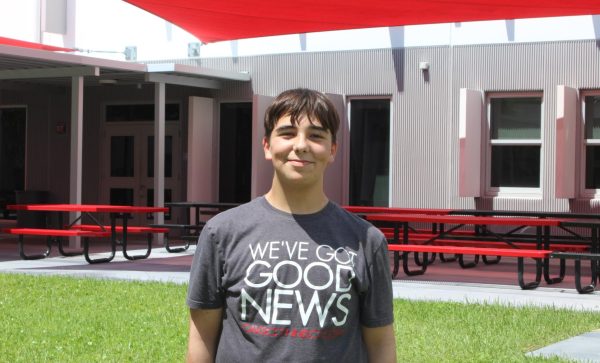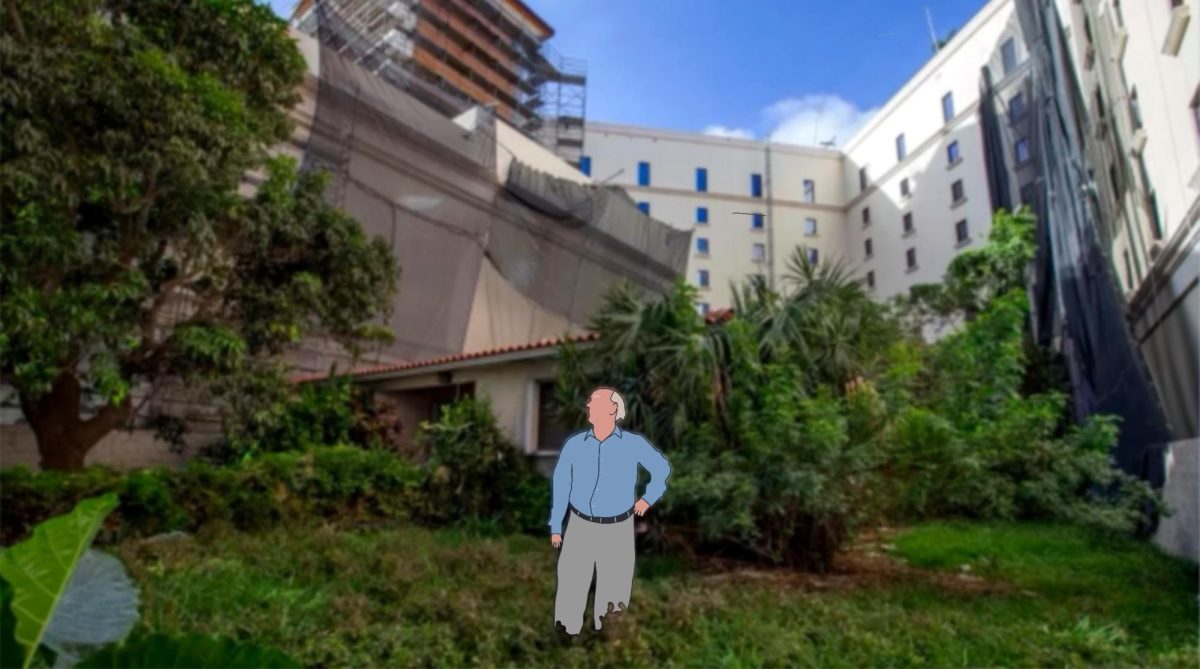Being in the top ten most visited states in the country, with its natural landmarks like volcanos, beaches and rainforests complimenting its exclusive resorts and historic landmarks, Hawaii has been a place of wonder to both tourists and residents for years. However, as of late, Hawaii has had their share of problems dealing with multiple extreme wildfires in the island of Maui. Being one of the more touristic islands, Maui’s wildfires have and continue to destroy both the islands natural environment and it’s economic and touristic wealth.
“I think the fires in Hawaii started due to the dry and hot climate which caused the trees to burn. It has affected Hawaii, because it has destroyed a lot of natural and man-made artifacts that are important to the Hawaiian people. I wouldn’t want to visit Hawaii after this,” junior Frank Gozalo said.
Despite the current lack of information regarding the cause of the wildfires, the first reported fire took place on Aug. 8 in a small district called Kula on Olinda Road. The fire destroyed 700 acres of land and caused numerous evacuations after destroying 19 homes. A visible flash that was seen in a security clip from Maui’s Bird Conservation Center, which researchers attributed to a tree fallling on a power line due to strong winds. Despite that, other wildlife experts also believe global warming and the dry heat of Maui’s climate to have caused the fire to spread an excessive amount.
In addition, the wildfires have created the destruction of the cultural and historic side of Maui. Lahaina was once the residence of King Kamehameha, who unified Hawaii under a single kingdom and made the town’s Hawaii’s capital from 1820-1845 until later changed to Honolulu. This small town is home to 60 historical landmarks including the Baldwin Home, Maui’s oldest home that remains standing, the Brick Palace, the Old Lahaina Lighthouse and more. The historic town of Laihana being scorched to the ground led to both the loss of an abundance of Hawaiian culture and the economic harm.
“The fires will affect [the island’s] tourism as now tourists will be skeptical and uneasy in booking their next vacation to the islands. This obviously hurts the economy of these islands as they have a big part of its income coming from its big tourist population. The fires will hurt the number of people willing to go there for vacation as the impending threat of a fires will scare them off but will also hurt the islands and their economies as well,” senior Emmanuel Lopez said.
The wildfires’ consequences span beyond cultural damage, with the archipelago’s environment as stake. Home to the only tropical rainforest in the U.S., Hawaii’s wild diversity of both animals and plants are put at risk. The wildfires burn native plants throughout the archipelago’s forests, allowing for the survival of only fire-prone invasive species. The burned soil turns into erosion, which pollutes coral reefs around the island and the air alike. Throughout the island, fears have grown for the oldest tree in Hawaii, Lahaina’s banyan tree, as the fires continue to strike throughout Maui.
“People do not want to come to Hawaii because of all the nature that is being destroyed and that it is dangerous during these times. They do not want to come to spend their money which is a main economic source for Hawaii, affecting the state,” freshman Nicolas Soto said.
The Hawaii wildfires have caused concerns for the state of Hawaii’s government and raised awareness for the wildfire cause. Organizations like the the Red Cross have supported the people of Hawaii as they try to combat the problem, providing 57,800 hotel stays in Oahu and Maui and provided countless meals throughout the state. Volunteers from the Red Cross have either helped virtually or gone to Hawaii to help in person. Likewise, the U.S. Defense Department have helped the people of Hawaii through search rescues, recovery efforts and aerial firefighting.
People around the nation continue to work hard to protect the land trying to put a cease to the fires. The investigation of the cause of the wildfires under way is expected to provide key information towards the prevention of similar disasters. Thanks to outside organizations and government as well as Hawaii’s own government, both physical and emotional relief for the archipelago’s population is in motion. As the problem is ongoing and of the essence in Hawaii, the future looks uncertain for the island, its residents and their government.












